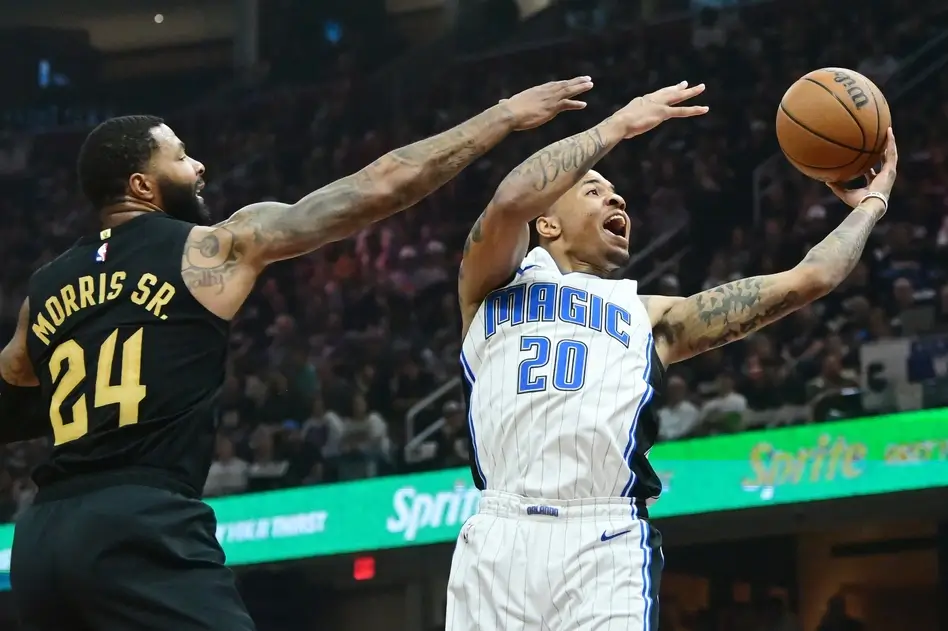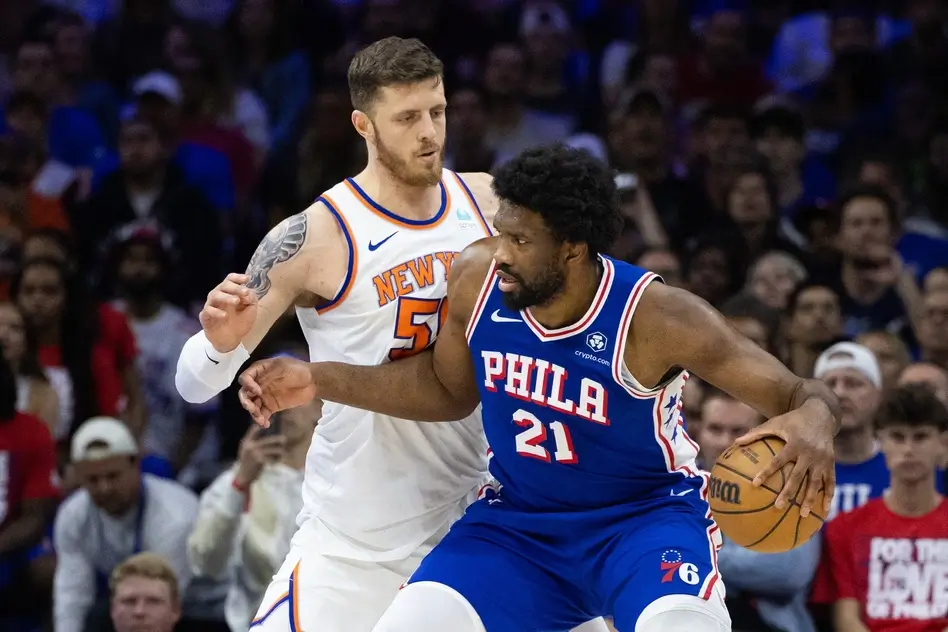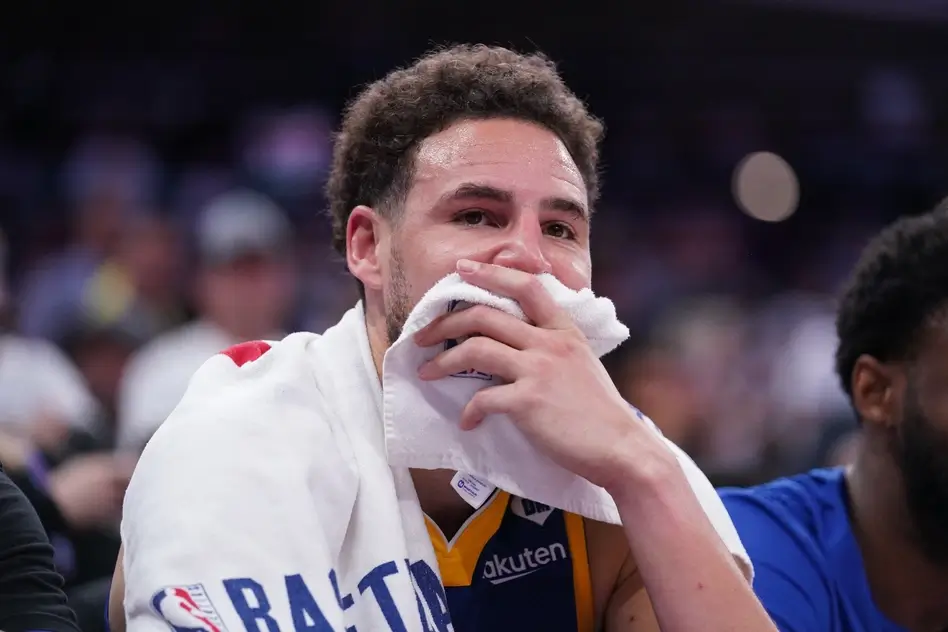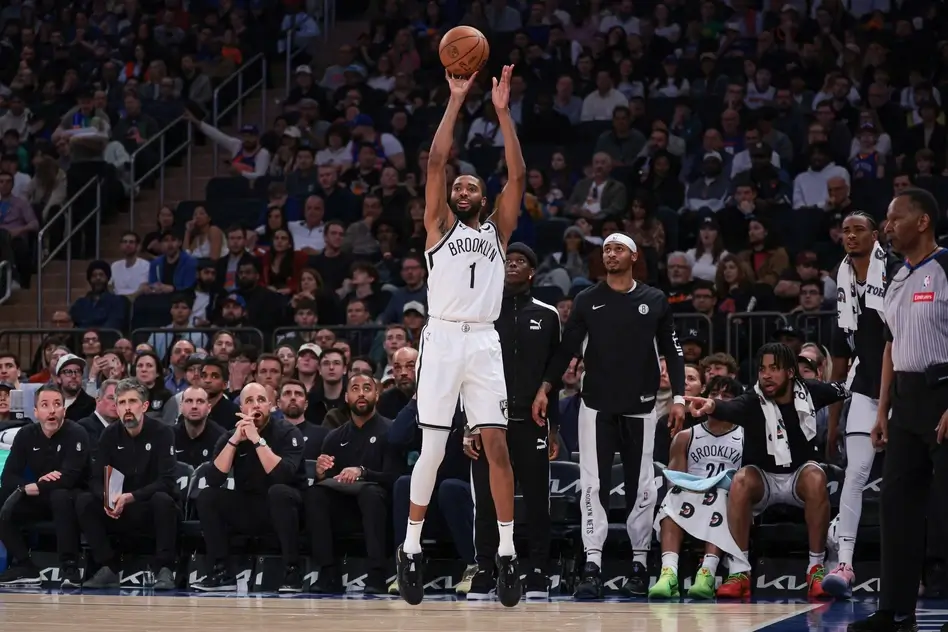Fans might hear the term “supermax” a lot, especially during free agency. These lucrative contracts are usually handed out to superstars all around the league. But how do these contracts really work? Which players are eligible? Let’s take a deeper dive into the NBA Supermax explained.
NBA Supermax explained
The NBA Supermax salary can get over $60 million. Teams are willing to offer significant money to retain their best players. After all, having a supermax player on the roster can help a team stay competitive for the playoffs.
How does the NBA Supermax work?
Before we go to the supermax, let’s take a look at the max contracts first. Players that have at least six years of experience in the NBA are eligible for a maximum salary starting at 25% of the team’s salary cap. This goes up to 30% for players with seven to nine years of experience and goes up even further to 35% for players with 10 or more years of experience.
With the supermax rule, players can achieve the 35% maximum salary without having 10 or more years of experience by meeting a certain criteria.
The supermax allows teams to re-sign qualified players to maximum five-year contracts worth up to 35% of the salary cap with an 8% increase each year. This is also known as the “Designated Veteran Player Extension”. As the name suggests, this contract can only be given to veteran players that have at least seven years of experience in the NBA.
What are the criteria for a player to be eligible for a Supermax?
The NBA supermax eligibility is as follows: First, only a player that has at least seven years of experience in the NBA by the end of his current contract is eligible to sign a supermax deal. This can be offered by the team that drafted him or acquired his rookie contract via trade.
Second, a player must meet at least one of the supermax performance criteria:
- Be named to an All-NBA team in the most recent season or two in the last three seasons.
- Be named Defensive Player of the Year in the most recent season or two in the last three seasons.
- Be named MVP in any of the three previous seasons.
How long is a Supermax contract?
The length of the supermax deal depends on the player’s years of NBA experience and years remaining on his current contract. We can break the supermax contracts into two:
- Four-year supermax contract – Given to a qualified player with seven or eight years of experience in the NBA and has two years remaining on his contract.
- Five-year supermax contract – Given to a qualified player with seven or eight years of experience in the NBA and has one year remaining on his contract OR is currently a free agent.
Additionally, one of the NBA Supermax contract rules states that teams aren’t allowed to trade a player the year after his contract signing.
What if a player met the supermax criteria during his rookie deal?
There are outstanding players who have won the MVP, DPOY, and got selected in the All-NBA teams while still on their rookie deals.
These players are eligible for the “Rose Rule” contract. Teams can offer them a starting maximum salary of 30% of the cap instead of 25%. This rule is unofficially named after the youngest MVP, Derrick Rose. He won the 2011 NBA MVP award in his third year in the NBA while still on a rookie deal.
The “Rose Rule” contract is different from a supermax contract since the player is not a designated veteran yet. Rather, it’s its own version of “supermax” for rookie contract extensions. The reasoning for the rule is to reward these outstanding young players without restricting them to just the 25% salary level.
Has introducing the Supermax been successful?
The supermax allows teams to retain their star players by offering them more money than the competition. Teams that have supermax players should become successful since they got one of the top players in the NBA. Supermax players such as Giannis Antetokounmpo and Stephen Curry have brought championships to their respective franchises.
However, there are drawbacks to having a supermax player. Teams that offer supermax contracts are reducing their salary cap flexibility. That 35% maximum salary for one player limits the team’s ability to fill out their supporting cast. What more if there are two NBA supermax players on the team? That would already account for 70% of the team’s salary.
This could also potentially hurt the team if the supermax player suffered a major injury. Having a 35% dead weight on your salary cap limits the team’s chances of making the playoffs that season. An example of this is John Wall. Wall suffered two major injuries which sidelined him for two years. As a result, the Wizards were severely handicapped—resulting in them missing the playoffs in 2019 and 2020.
Here’s an article from Sports Illustrated on why the Supermax is a failure.
As you can see, the introduction of supermax contracts has benefited a lot of teams but at the same time, it also handicapped a lot of them. Whether or not it’s successful is still up for debate.
Players currently on supermax deals
There are only a handful of players in the NBA that is currently on a supermax contract. Here are some of them:
Russell Westbrook – Five years, $206 million (signed with the Thunder in 2017, traded to the Lakers in 2021)
Damian Lillard – Four years, $176 million (signed with the Trail Blazers in 2019)
Giannis Antetokounmpo – Four years, $215 million (signed with the Bucks in 2020)
Stephen Curry – Five years, $228 million (signed with the Warriors in 2021)
Joel Embiid – Four years, $196 million (signed with the 76ers in 2021)
Nikola Jokic – Five years, $264 million (signed with the Nuggets in 2022)








